Varicose veins – all you need to know
Varicose veins are not just a cosmetic problem: they cause swelling, aching and even ulcers and clots. But what are they – and what are the latest treatments?

Varicose veins are not just a cosmetic problem: they cause swelling, aching and even ulcers and clots. But what are they – and what are the latest treatments?

Varicose veins are swollen and enlarged veins that often occur on the legs and feet and are blue, green or purple. They can be lumpy, bulging or twisted in appearance; some are colourless or not visible.
“Around 15-20% of adults have visible varicose veins, but around the same number have varicose veins that aren’t visible,” says Professor Mark Whiteley, a vein specialist who runs the private Whiteley Clinic, which has branches in London, Surrey, Bournemouth and Bristol. “These are inside the leg or sometimes in the pelvic areas."
“Varicose veins form because the valves in the leg that control blood flow aren’t working properly.
"Normally blood will flow from the toes to the heart but in people with valve problems the blood flows back down some of the veins. It’s like having a hole or several holes in a bucket.”
Varicose veins can cause lower leg swelling, aching and throbbing, and if left untreated, they can lead to itchy red eczema patches, brown stains developing round the ankle, inflammation within the veins, bleeding veins, leg ulcers and blood clots.
Sufferer Anita Taylor hated the sight of her ugly varicose veins, but it was the swelling, aching and throbbing in both legs that bothered her most.
“There was constant aching and heaviness,” says Anita, 65, who runs a dress agency shop in Farnham, Surrey. “My veins even affected how far I could walk, and I’d spend evenings with my feet up to ease the aching and swelling.”

“It’s much more than a cosmetic problem as varicose veins get progressively worse over time unless they are treated,” says Prof Whiteley.
“So many myths persist about the causes, and they have contributed to a false narrative that it’s a trivial complaint not worth treating.”
Varicose veins tend to run in families, though the genetic link isn’t simple: you can get them in one leg but not the other, for example.
Anita’s varicose veins started when she was working as an airline cabin steward in her early thirties and worsened during her two pregnancies.
“I’d have long stints on my feet and my legs would swell up and ache,” she recalls. “Wearing compression tights helped a bit, but I’d come home and lie with my legs up the wall to get the blood flowing and ease the aching.
“The veins looked green and purple and bulbous, like a road map on both legs from top to bottom.
"I was so self-conscious, I’d never wear a swimsuit without covering my legs, and shorts were out of the question. I even had to give up horse riding as the veins in my calf would rub against the stirrup leathers.”
Anita mentioned her veins to her GP but was told there was a very long wait for treatment and wasn’t offered a referral.
“My mother had had an operation where her varicose veins were stripped out, but they grew back and she developed leg ulcers, so I didn’t want surgery and I wasn’t told about alternatives,” she says. “But my veins got worse in my fifties – I couldn’t walk far at all.”
According to guidelines from the government’s drug and treatments advisory service, the National Institute for Health and Care Excellence (NICE) published in 2013, any varicose vein sufferer with symptoms (aching, tired or heavy legs) or signs (swollen ankles, red or brown patches on ankles, leg ulcer, or bleeding or inflamed veins) will have a better quality of life if they have them treated.
Around 46 to 65 in every 100 people with varicose veins experience symptoms, according to NHS England. However, surgery and other treatments are increasingly hard to get on the NHS – the number of varicose vein operations performed fell from 40,000 in 2014 to 20,000 in 2021/2022, for example.

Treatment options have changed dramatically in the past 20 years and now have much higher success rates, with lower risk of vein regrowth.
Previously, the operation most frequently used was ligation and stripping, where one or two main veins were tied off and stripped out, but around 83% of people experienced varicose vein regrowth within five years.
“No vein specialist would use this technique now,” adds Prof Whiteley.
NICE recommends using high radio frequency energy to destroy the vein via minimally invasive methods. These include radiofrequency ablation, which involves heating the wall of the varicose vein through a narrow tube inserted into the vein above or below the knee. It can be done under local or general anaesthetic.
Endovenous laser treatment is another technique and sees a tiny laser passed through a catheter at the top of the leg to deliver short bursts of energy to heat up the vein, guided by ultrasound.
Both should be offered on the NHS, but availability is patchy.
Another method recommended by NICE is ultrasound-guided foam sclerotherapy, where foam is inserted into a vein to push out all blood. A sclerotherapy chemical liquid can then fill the cells in the vein lining so they eventually shut down and wither away. This is best on small veins.
Again, NHS provision is patchy, even though it is now recognised that small veins need treating as well as large ones.
“The combined effect of three small varicose veins can cause the same damage as one big one,” says Prof Whiteley.
Sonovein is a new treatment not available on the NHS, where high-intensity focused ultrasound (HIFU) is delivered through the skin and is 100% non-invasive – so no needles are involved. A beam of HIFU is targeted at the problem veins to destroy them.
It’s relatively painless, with only half of patients needing a local anaesthetic. You can walk straightaway, with no scarring and a lower risk of infection.
Prof Whiteley has treated more than 100 people so far, as well as 1,900 a year with other techniques, and says although Sonovein isn’t suitable for all varicose veins, it has an 80-90% success rate on first go.
But it’s not cheap – prices start at £3,200.
The following tips will help symptoms while you are waiting for treatment – but they don’t address the underlying cause, so always see your doctor.

Duplex ultrasound, which maps the veins and measures the speed and direction of blood flow, was used on Anita’s legs before the treatment. “Apparently, it was like a spaghetti junction of damaged and collapsed veins,” she says.
Anita’s first treatment lasted 40 minutes and she says the improvement in appearance and a reduction in aching was noticeable immediately.
“I’ve now had two more treatments and the effects are life-changing. I went on holiday to Bali and it was the first time in decades I wasn’t self-conscious on a beach or had throbbing, swollen legs in hot weather.
"So many people are going through this and it just isn’t being taken seriously enough.”
Vein specialist Prof Mark Whiteley debunks seven common myths about varicose veins
Jo Waters is an award-winning health and medical journalist who writes for national newspapers, consumer magazines and medical websites.
She is the author of four health books, including What's Up with Your Gut? and is a former chair of the Guild of Health Writers.
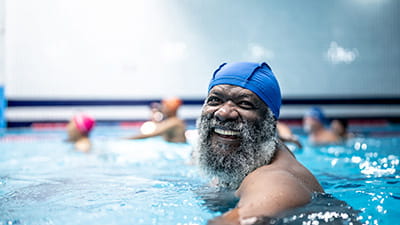

Health insurance for people over 50 that provides a quicker route to diagnosis and planned medical treatment in a private facility.
Underwritten by Bupa Insurance Limited.
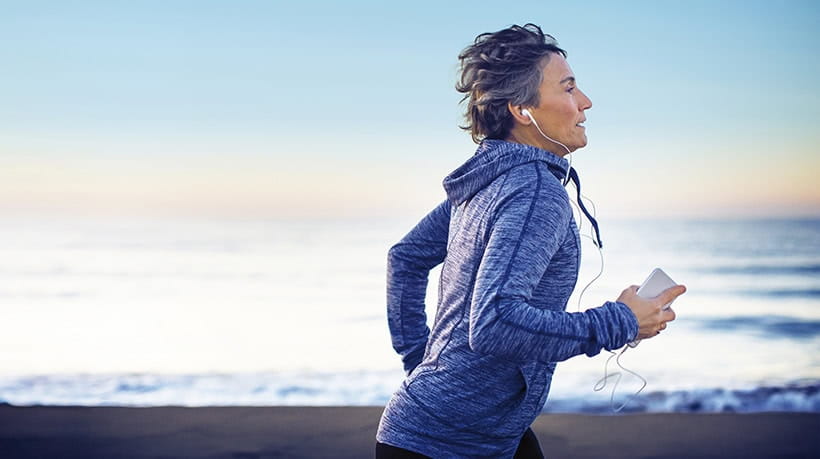
Health insurance for people over 50 that provides a quicker route to diagnosis and planned medical treatment in a private facility.
Underwritten by Bupa Insurance Limited.

Are you retiring at the wrong age? The best age to retire for your body, brain, happiness and pocket.
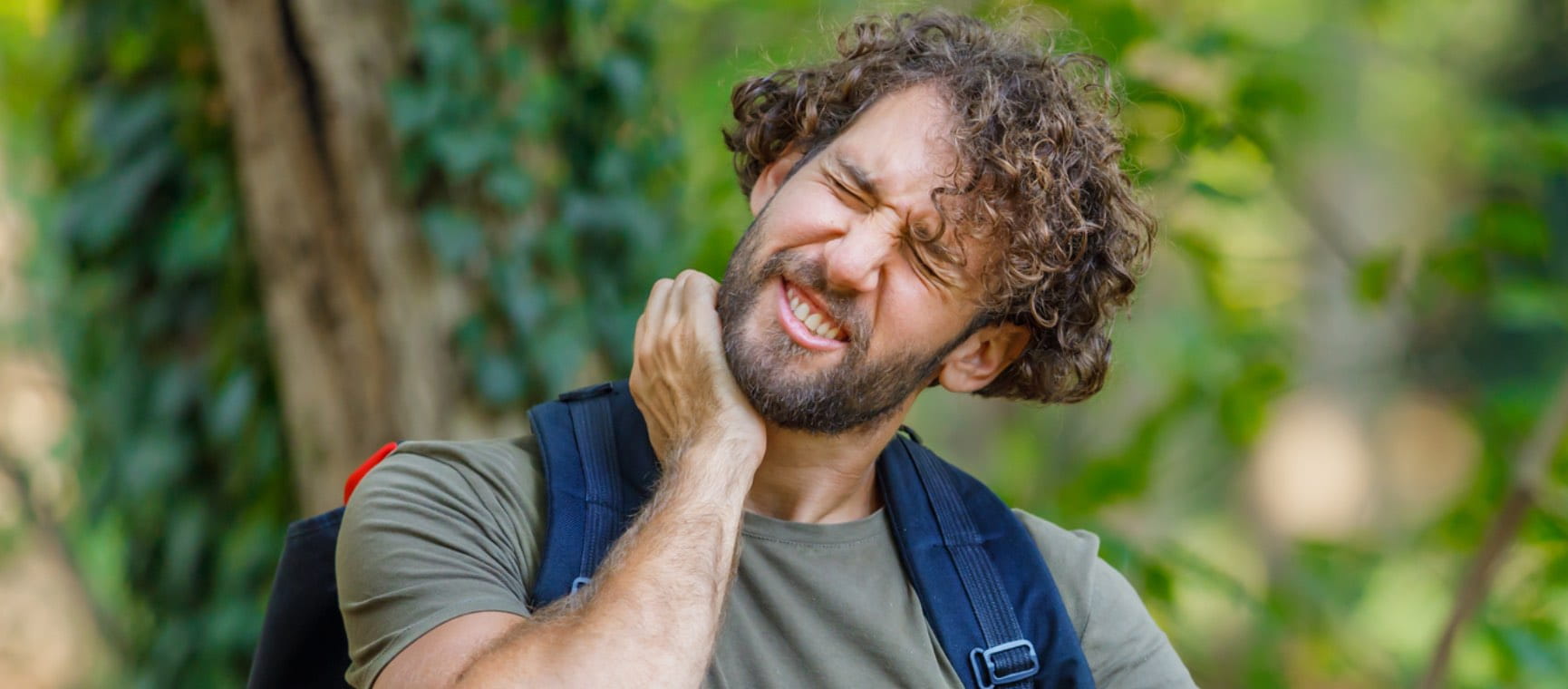

Everything you need to know about the lung infection, and how you could be ill with “walking” pneumonia without realising it.
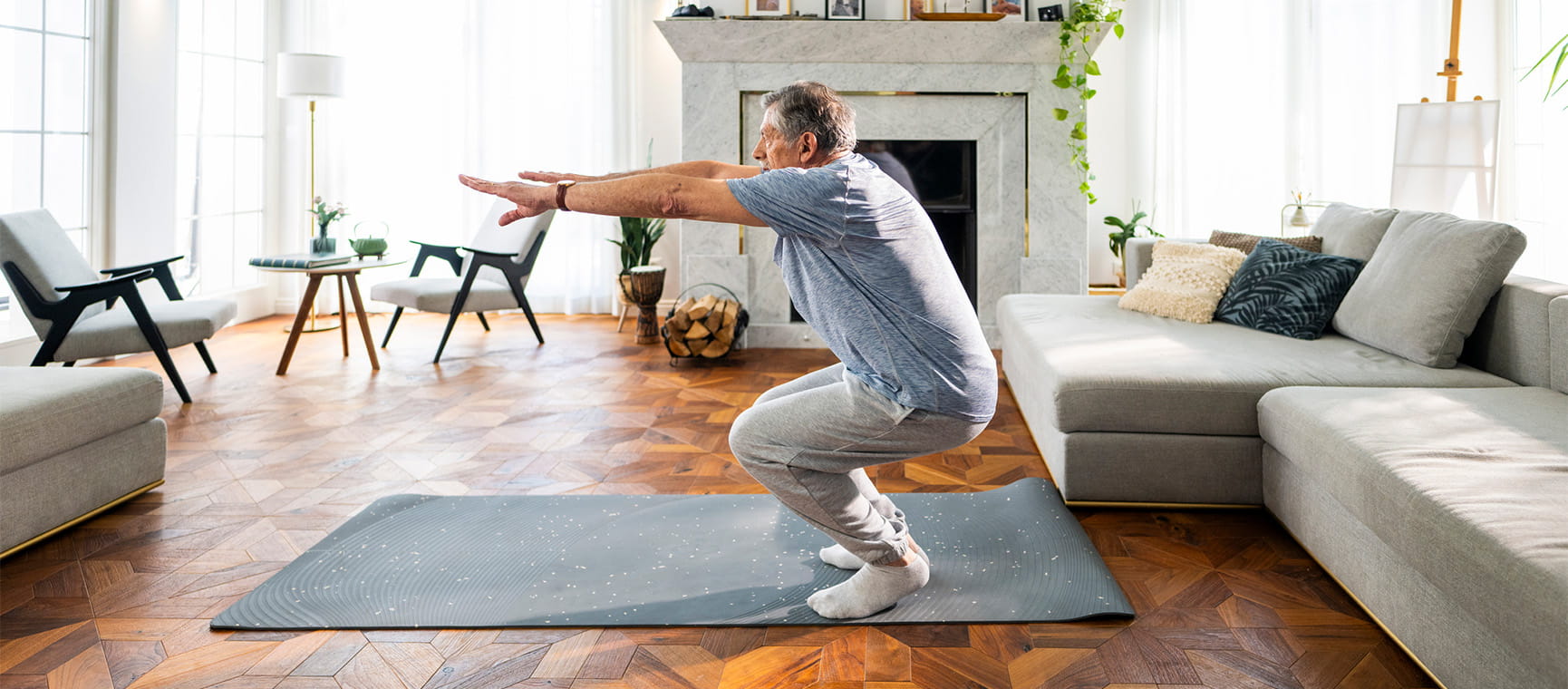
Strong calves for a strong mind: how they support our circulation and brain health, with easy moves to strengthen yours at home.
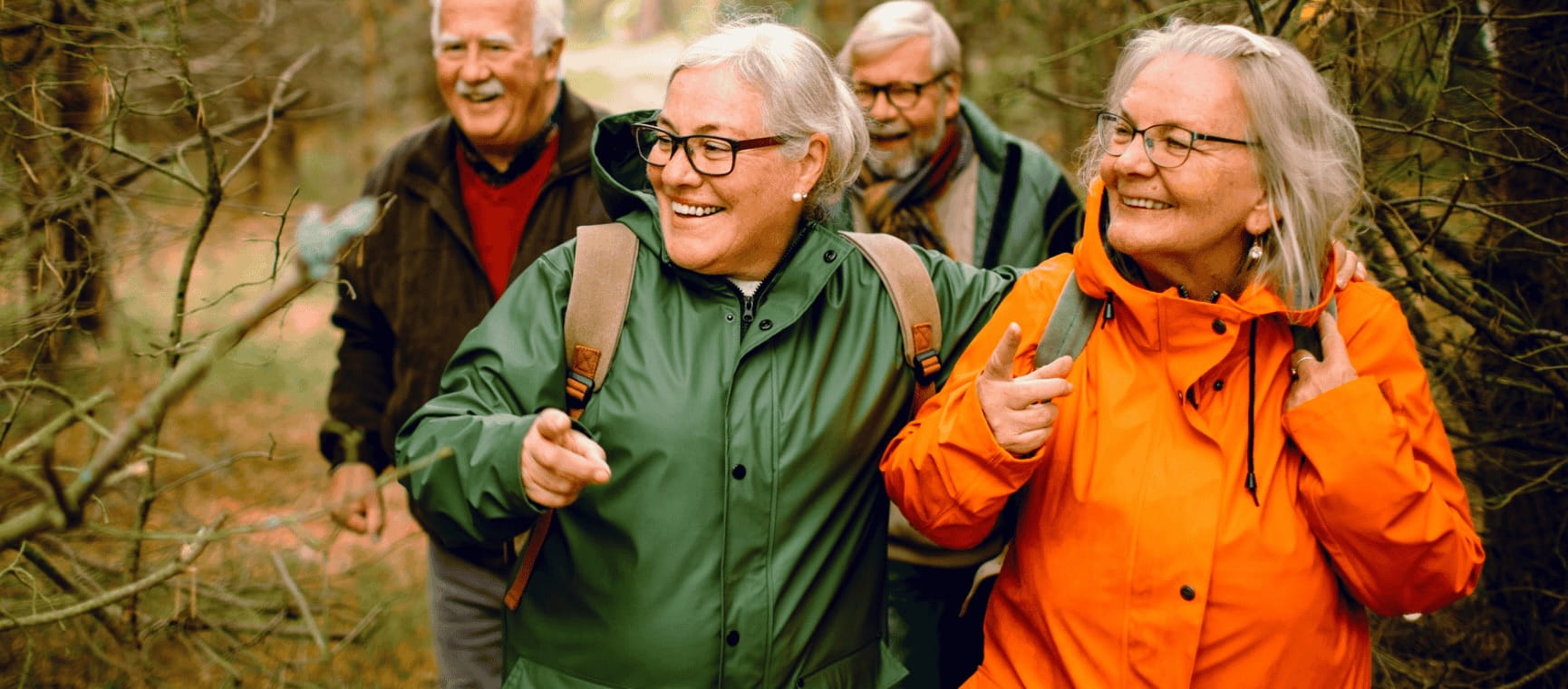

Our GP Dr Mark Porter explains what can cause itchy skin, which is a common problem as we get older.
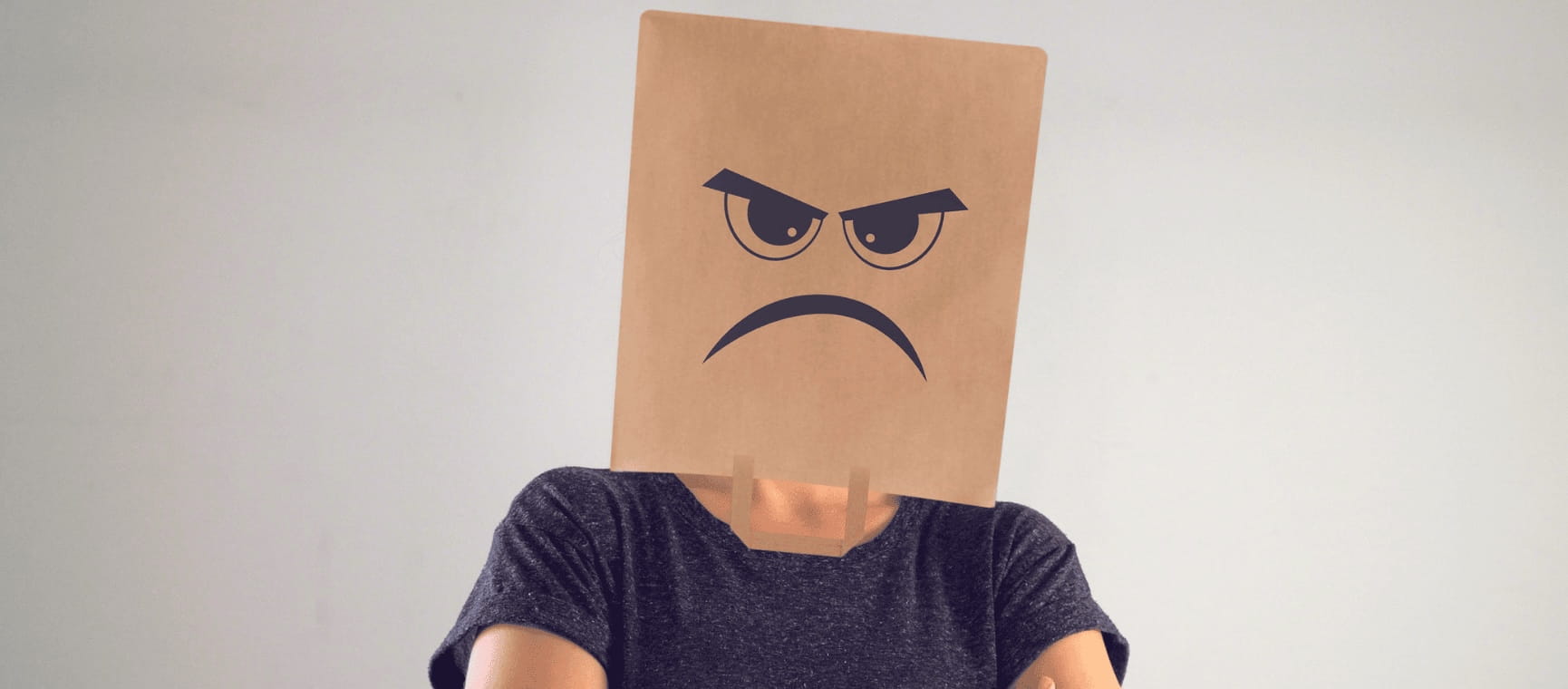
Worried you’ve morphed into Victor Meldrew? Find out how to battle that bad mood, and what to do if you’re stuck with a grouchy loved one.

The benefits of heat and cold therapy, and how Nordic bathing won over our nervous writer.

Here’s how to spot the symptoms of heat disease and reduce your danger.
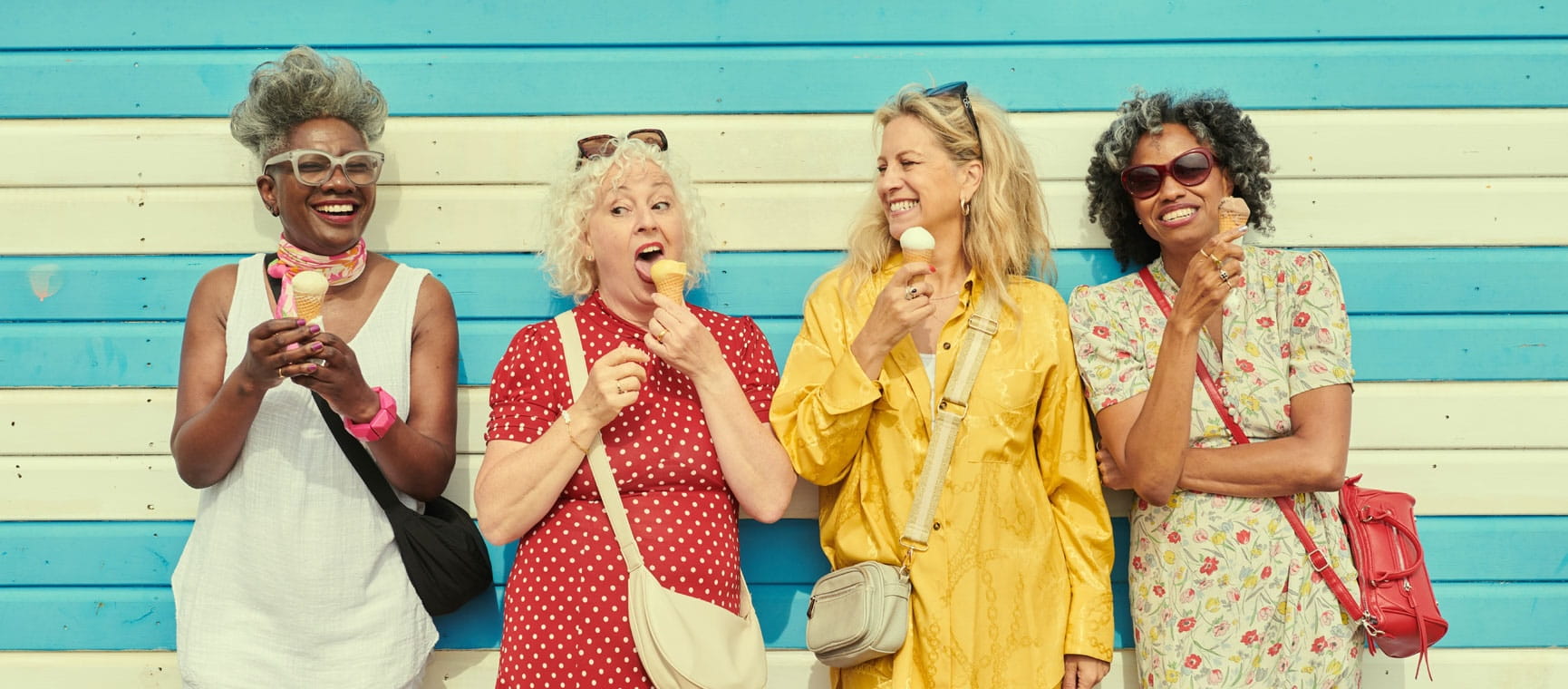
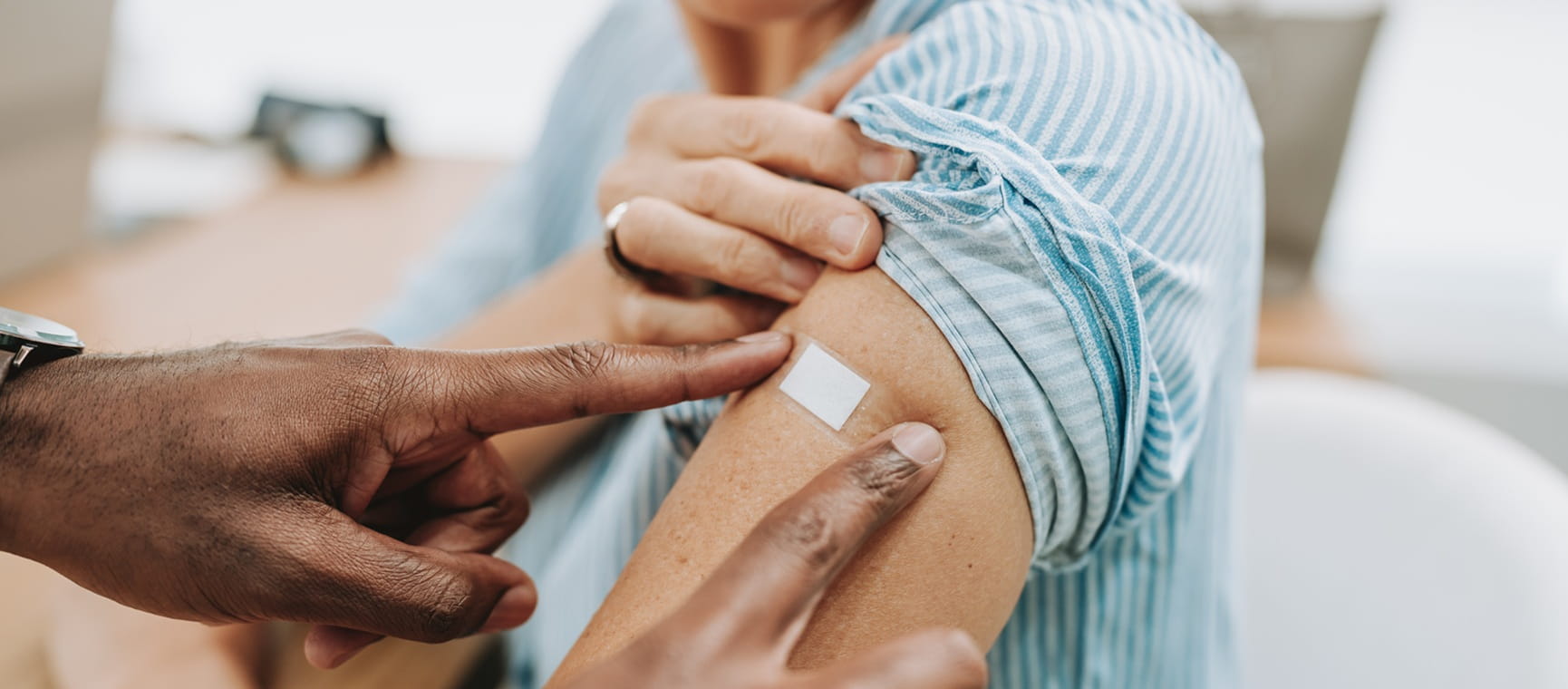
The NHS winter vaccination campaign kicks off next week. Here’s the lowdown on what you need to book.

Pilates for back pain – what to do if you are suffering, and five gentle exercises that could help.

Dizziness or vertigo: a sensation of spinning, can stop us doing everyday things for fear of falling. Try these tips to stop feeling dizzy
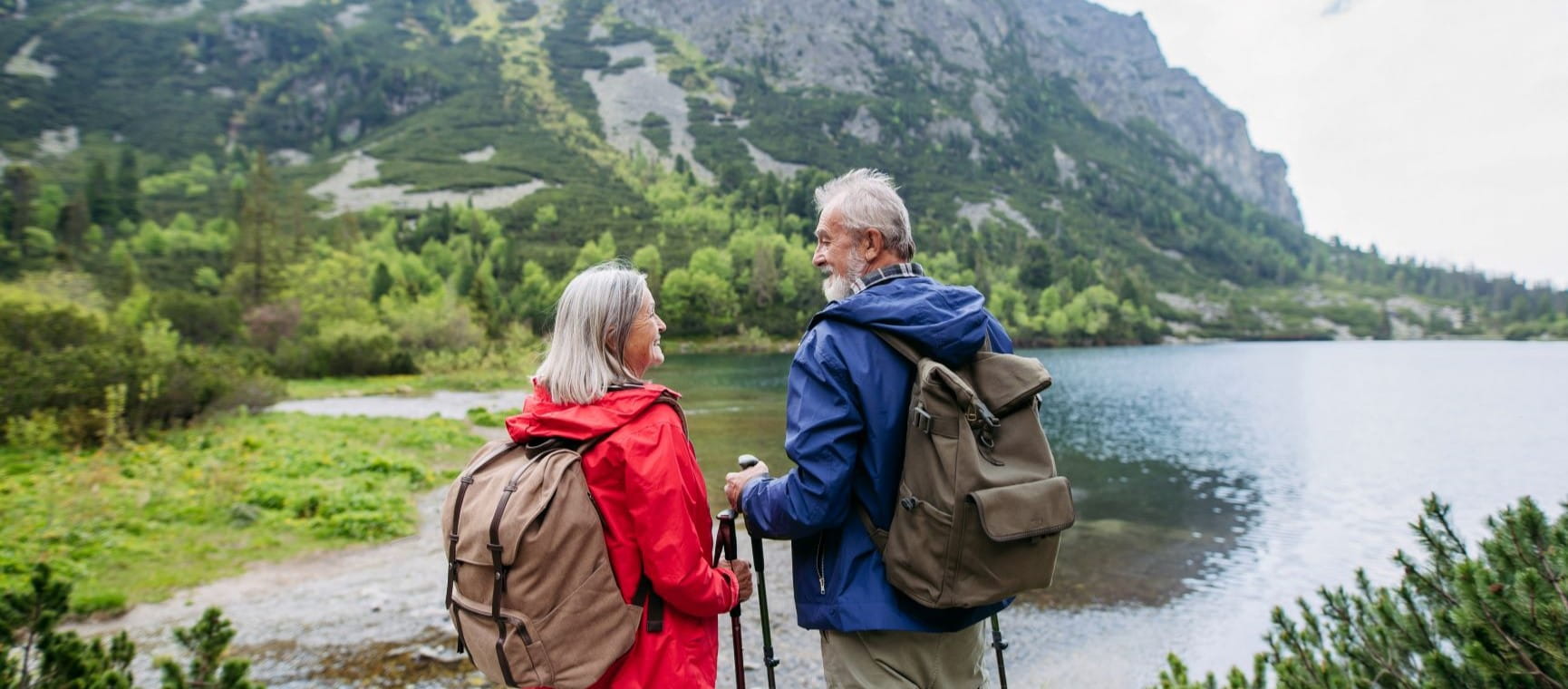

You don’t have to put up with bladder leaks. We try out the latest pelvic floor gadgets for men and women.
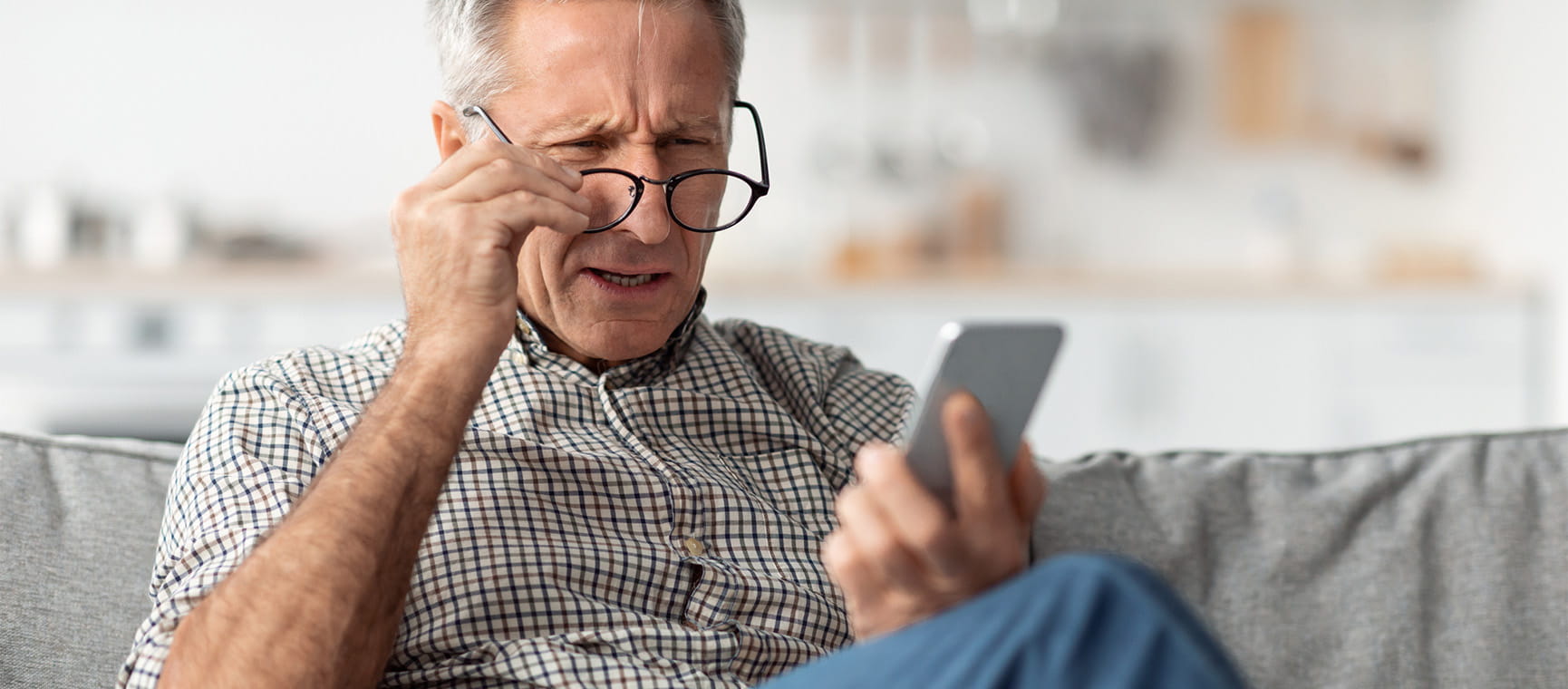
Cataracts are a normal part of ageing. Learn how to spot the signs – and when it’s time to consider surgery.